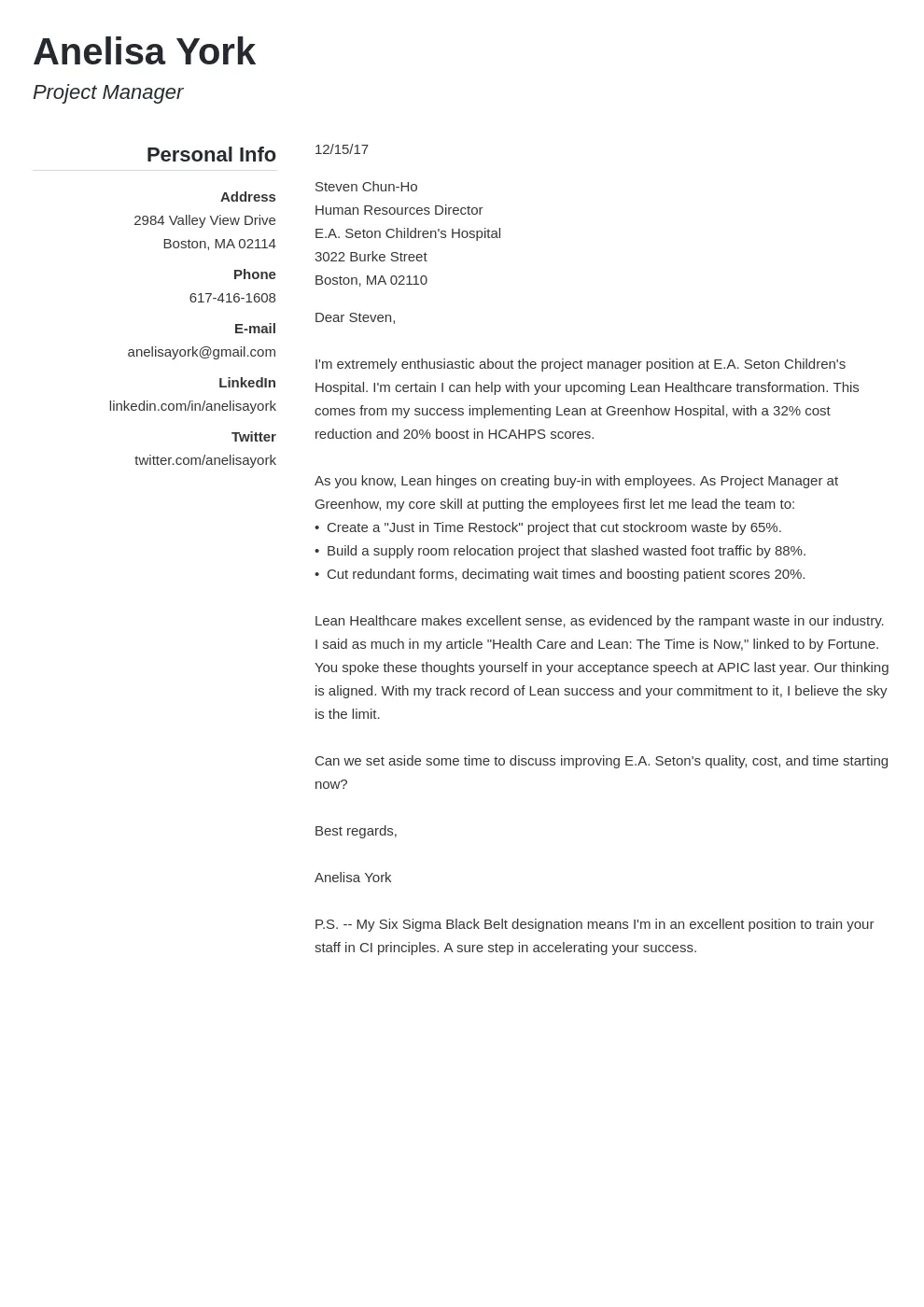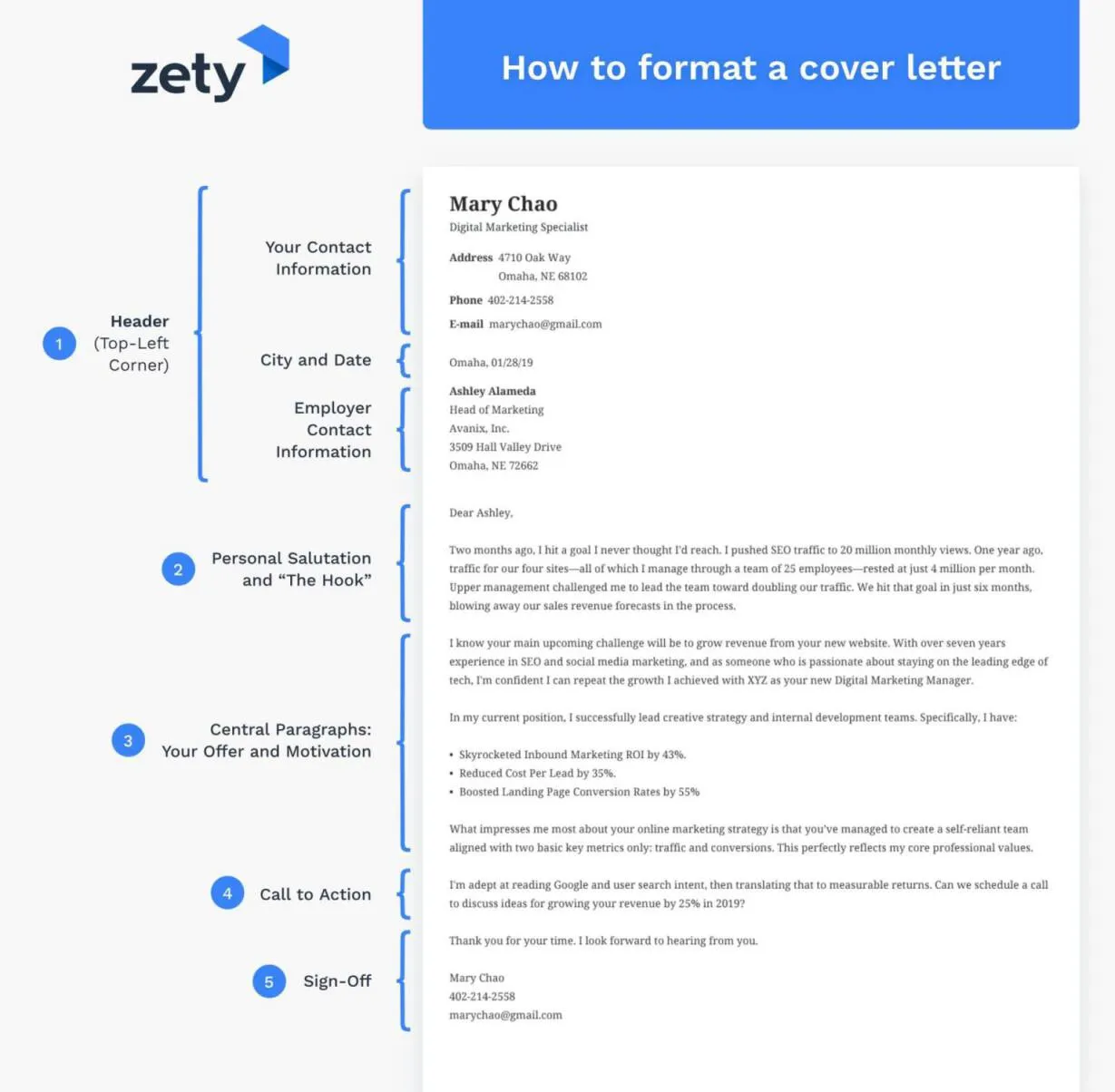What Is Cloud Computing
Cloud computing has revolutionized how businesses and individuals store, manage, and access data and applications. It involves delivering computing services—including servers, storage, databases, networking, software, analytics, and intelligence—over the Internet (“the cloud”) to offer faster innovation, flexible resources, and economies of scale. This technology eliminates the need to purchase and maintain physical servers and data centers, leading to significant cost savings and increased efficiency. Cloud computing offers a flexible, scalable, and cost-effective solution for various needs, making it a cornerstone of modern IT infrastructure. Understanding cloud computing’s basics is crucial to leveraging its full potential and making informed decisions about its implementation.
Understanding the Basics
At its core, cloud computing operates on the principle of providing services over the internet. Instead of storing data and running applications on your local computer or servers, you access them through a network, usually the internet. This allows you to access resources and applications from anywhere with an internet connection. The service provider manages the underlying infrastructure, including servers, storage, and network, so you can focus on your core business operations. This model offers benefits such as reduced IT costs, increased efficiency, and improved scalability, making it attractive for businesses of all sizes. The cloud model is categorized into three main service models Infrastructure as a Service (IaaS), Platform as a Service (PaaS), and Software as a Service (SaaS), each offering different levels of control and management responsibility.
Different Types of Cloud Computing

Cloud computing is not a one-size-fits-all solution; it comes in several forms tailored to different needs. Public clouds are owned and operated by third-party service providers, offering resources to multiple customers over the internet. Private clouds are dedicated to a single organization, providing greater control and customization, often hosted on-premise or by a third party. Hybrid clouds combine public and private clouds, allowing data and applications to be shared between them, providing flexibility and the best of both worlds. Multi-cloud involves using multiple public cloud providers, enhancing redundancy and avoiding vendor lock-in. The choice of cloud type depends on factors such as security requirements, budget, and the need for control. Understanding these different types is essential for selecting the best cloud solution for your business.
Benefits of Cloud Computing
Cloud computing offers numerous advantages that have made it a preferred choice for businesses globally. These benefits range from cost efficiency to increased operational agility, all contributing to improved business performance. Cloud solutions often provide more flexibility and scalability than traditional on-premises systems, allowing businesses to adapt quickly to changing demands. Furthermore, cloud computing can enhance security and disaster recovery capabilities, ensuring data protection and business continuity. Cloud computing’s benefits are not just about technology; they’re about empowering businesses to innovate, grow, and thrive in a competitive environment. Here’s a look at the most significant ones.
Enhanced Collaboration
Cloud computing significantly enhances collaboration by providing easy access to shared documents, applications, and data. Teams can work together in real-time, regardless of their location, through cloud-based tools such as shared drives, project management software, and communication platforms. This streamlined collaboration improves productivity, reduces errors, and fosters better communication. Cloud services often offer features like version control, allowing teams to track changes and avoid conflicts. This capability is particularly beneficial for remote teams and organizations with distributed workforces. The ability to collaborate efficiently and effectively is one of the key reasons why businesses are migrating to the cloud.
Improved Data Security

Cloud providers invest heavily in security measures, often exceeding the capabilities of in-house IT departments. They implement robust security protocols, including advanced encryption, access controls, and regular security audits to protect data from unauthorized access and cyber threats. Cloud-based solutions also provide automated backups and disaster recovery plans, ensuring data is protected against loss or corruption. Compliance with industry regulations is often easier to achieve in the cloud, as providers are often compliant with standards such as GDPR, HIPAA, and SOC 2. Choosing a reputable cloud provider with a strong security track record is crucial for protecting your data. Data security in the cloud offers several advantages over traditional on-premises solutions.
Cost Savings
One of the most significant advantages of cloud computing is the potential for cost savings. By moving to the cloud, businesses can reduce or eliminate the need for expensive hardware, software licenses, and IT staff. Cloud providers offer various pricing models, including pay-as-you-go, which allows you to pay only for the resources you use. This reduces capital expenditure and operational costs. Moreover, cloud services often have lower maintenance costs, as the provider handles updates, security, and maintenance. The ability to scale resources up or down as needed further optimizes costs, making cloud computing a financially attractive option for businesses of all sizes. Businesses can optimize their IT spending.
Scalability and Flexibility
Cloud computing provides unparalleled scalability and flexibility. Businesses can easily scale their resources up or down based on their needs, without the delays and limitations of traditional IT infrastructure. This allows businesses to respond quickly to changing market demands and seasonal fluctuations in demand. Cloud services offer a wide range of options, from storage and computing power to specialized applications. This flexibility allows businesses to customize their IT solutions to their specific needs and improve agility. The ability to scale resources on demand enables businesses to optimize performance and reduce costs. This is crucial for businesses that experience fluctuating workloads.
Increased Efficiency

Cloud computing enhances efficiency by automating tasks and streamlining workflows. Cloud-based applications and services often have user-friendly interfaces and built-in automation capabilities, reducing manual effort and the risk of errors. Cloud solutions allow IT staff to focus on strategic initiatives rather than spending time on routine maintenance. Access to data and applications from anywhere with an internet connection further boosts productivity, enabling employees to work remotely and collaborate seamlessly. Automated processes and access to data improve the efficiency of business operations and support better decision-making. This boost in efficiency allows businesses to focus on innovation and growth.
Automatic Software Updates
Cloud providers handle software updates and maintenance, eliminating the need for manual updates and patching. This ensures that you always have the latest software versions and security patches, reducing vulnerabilities and improving overall system performance. Automatic updates also free up IT staff from tedious tasks, allowing them to focus on more strategic projects. With automatic updates, you’re always using the most current, secure, and feature-rich software. This is in contrast to traditional on-premises software, which requires manual installations and updates. These automated processes improve efficiency.
Disaster Recovery and Business Continuity
Cloud computing offers robust disaster recovery and business continuity solutions. Cloud providers have multiple data centers, ensuring data redundancy and minimizing the risk of data loss. In the event of an outage or disaster, businesses can quickly recover their data and resume operations with minimal downtime. Automated backups and replication of data ensure business continuity, enabling organizations to maintain operations during disruptions. Cloud-based disaster recovery solutions can be more cost-effective and reliable than traditional on-premises solutions. These solutions ensure that businesses can continue operations during an unexpected event, minimizing the impact of downtime.
Cloud Computing Challenges

Despite the numerous benefits, cloud computing also presents some challenges. These challenges range from security concerns to potential vendor lock-in. Understanding these issues is important to make informed decisions and mitigate risks when implementing cloud solutions. Being aware of these challenges allows businesses to plan and implement cloud solutions effectively. Addressing these challenges will ensure a smooth transition.
Security Concerns
Security is a significant concern for many businesses considering cloud computing. While cloud providers invest in robust security measures, organizations must still be vigilant about data protection. Some concerns include data breaches, unauthorized access, and the security of data in transit. To mitigate these risks, businesses should choose reputable cloud providers, implement strong access controls, encrypt data, and regularly audit their security practices. Understanding and managing these security concerns is critical to ensuring the safety and integrity of data. Data breaches can be costly.
Vendor Lock-in
Vendor lock-in occurs when a business becomes overly dependent on a particular cloud provider, making it difficult to switch providers or migrate data and applications. This can lead to higher costs and limited flexibility. To avoid vendor lock-in, businesses should evaluate their needs, choose providers that support open standards, and design their cloud solutions to be portable. Using multi-cloud strategies and containers can also reduce the risk of vendor lock-in. This can allow businesses to maintain control over their data. Carefully planning the migration and choosing providers that support open standards is crucial.
Downtime and Reliability

Although cloud providers strive to provide high levels of uptime, downtime can still occur due to various factors such as technical issues, natural disasters, and human error. Businesses must understand the potential impact of downtime on their operations and have contingency plans in place. Choosing a provider with a strong track record of reliability and implementing redundancy measures can mitigate the risk of downtime. Regularly monitoring performance and having backup systems are also crucial. Downtime can disrupt operations.
Choosing the Right Cloud Provider
Selecting the right cloud provider is critical for a successful cloud implementation. The choice of provider significantly impacts security, performance, and cost. To ensure the best possible outcome, businesses must carefully evaluate their needs and compare the offerings of different providers. The right choice can help businesses to achieve their goals and optimize their investment. Proper due diligence and strategic planning are crucial for a successful cloud journey.
Evaluate Your Needs
Before choosing a cloud provider, you should thoroughly evaluate your needs. Determine what services and features you require, your budget, and your security and compliance requirements. Assessing your current IT infrastructure, future growth plans, and existing applications and data is crucial. Understanding your needs will help you identify the best cloud solutions and providers. This process helps businesses align their requirements with the cloud services. This helps businesses choose the best provider.
Research Providers

Once you have identified your needs, research different cloud providers. Compare their services, pricing models, security measures, and customer support. Look for providers with a strong reputation, a proven track record, and positive customer reviews. Consider the provider’s compliance certifications, data center locations, and service level agreements. Reading case studies and contacting references can provide valuable insights. Carefully comparing providers helps find the best fit for the business needs. Researching various providers is important.
Consider Costs and Contracts
Cloud pricing models vary, so understanding the costs associated with each provider is crucial. Compare pricing models, storage costs, bandwidth charges, and any additional fees. Review the contracts carefully, paying attention to service level agreements (SLAs), terms of service, and data portability options. Consider the long-term costs and potential for cost savings. Negotiate terms and conditions when possible, and ensure you fully understand the billing practices. Understanding the costs and contracts helps avoid surprises and ensures a cost-effective solution. Considering the cost and contracts is important.
Cloud Computing Trends
The cloud computing landscape is continuously evolving, with new technologies and trends emerging. Staying informed about these trends can help businesses optimize their cloud strategies and leverage the latest innovations. Some of the key trends include edge computing and serverless computing. These trends are driving the future of cloud computing and enabling new possibilities.
Edge Computing
Edge computing is a distributed computing paradigm that brings computation and data storage closer to the data source. Instead of relying solely on centralized cloud data centers, edge computing processes data at the edge of the network, such as in IoT devices or local servers. This reduces latency, improves performance, and enhances security for applications that require real-time processing. Edge computing is becoming increasingly important in industries such as manufacturing, healthcare, and autonomous vehicles. It’s enhancing the capabilities of the cloud.
Serverless Computing
Serverless computing allows developers to build and run applications without managing servers. With serverless, the cloud provider automatically manages the infrastructure, allowing developers to focus on the code. Serverless computing offers benefits such as increased agility, reduced costs, and improved scalability. It is particularly well-suited for event-driven applications and microservices architectures. This is enabling a new era of application development. Serverless computing is also a major trend.
Conclusion
Cloud computing offers a wealth of benefits, making it a crucial technology for businesses seeking to improve efficiency, reduce costs, and enhance their agility. From enhanced collaboration and improved data security to cost savings and scalability, the advantages are numerous. However, it is essential to be aware of the challenges, such as security concerns and vendor lock-in, and to take steps to mitigate these risks. Choosing the right cloud provider and staying informed about current trends is crucial for success. Cloud computing is a significant factor in business today. The future of business relies on cloud computing.
